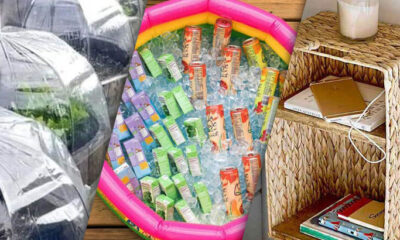Periodic shortages of goods are not uncommon, but ongoing supply disruptions may pose a long-term challenge for global trade. A combination of factors, including facility issues, fragile supply chains, production capacity, climate change, and labor and truck driver shortages, have led to a current crisis in the supply chain.

While the empty shelves seen in 2020 and 2021 may not continue, the problem is not yet solved and it could take several years to fully resolve shortages, particularly in the semiconductor industry which affects production of various electronics. It may be difficult to predict when certain products will be back in stock, but consumers can take action by purchasing items now to avoid higher prices and shortages later.
Eggs
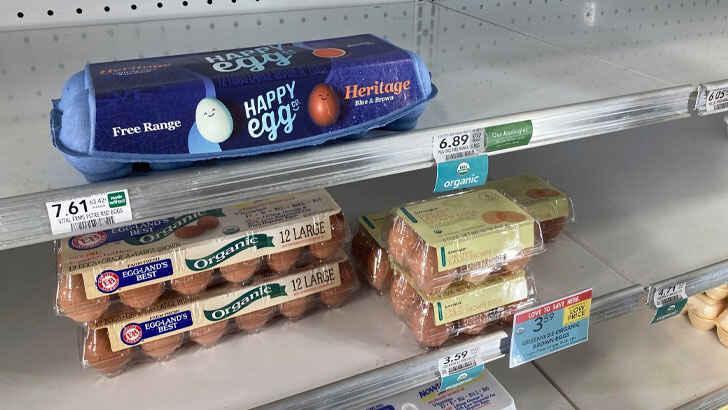
Despite an improvement in the availability of dairy products, eggs are still facing shortages and price increases due to the ongoing avian flu epidemic, which has greatly impacted the global poultry supply. This has also led to a mistrust of eggs imported from other countries.
Prescription Medication
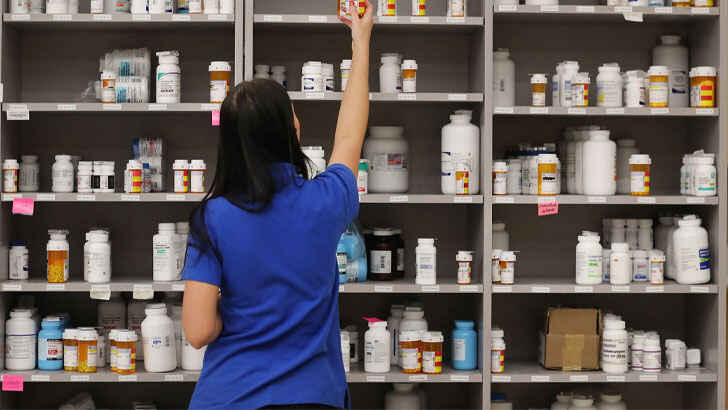
There is currently a shortage of essential prescription drugs such as antibiotics, antivirals, and ADHD medications, which is primarily caused by an increase in demand. While it may not always be possible to stock up on these medications, it is advisable to monitor your supply and plan ahead for refills at the pharmacy.
Olive Oil

Heat waves in Spain are affecting the olive harvest, putting the supply of olive oil at risk. To prepare for this, consider purchasing an extra bottle of olive oil the next time you shop. Keep in mind that extra-virgin olive oil should be stored in a cool, dark place and can last for up to 20 months.
Diapers

Due to a combination of panic buying and other factors, there is currently a shortage of diaper supplies in the country. To mitigate this issue, consider switching to cloth diapers as an alternative. While they may require more maintenance in the short term, they can save money in the long run and provide more self-sufficiency during uncertain times.
Cereal, Bread, Flour
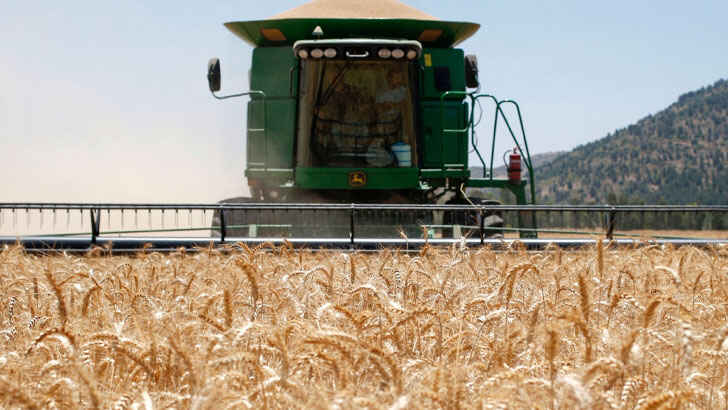
The cost of wheat-based products will likely increase due to the ongoing war in Ukraine and damage to the country’s power grid, leading to a strain on the global wheat supply. It’s advisable to stock up on wheat-based products such as cereal or flour for the long-term.
Lettuce
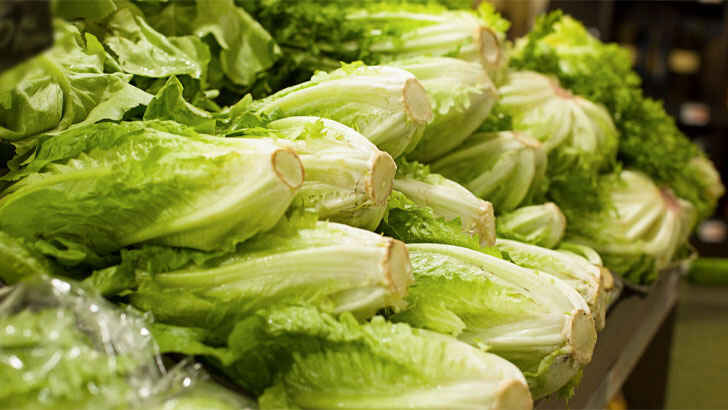
A virus outbreak has significantly impacted the lettuce supply from the Salinas Valley in California, which is a major supplier during fall and winter in the U.S. This has led to a loss of 75% of the local iceberg and romaine varieties and a 400% increase in their prices. To prepare for this shortage, consider purchasing and freezing romaine, spinach, or butter lettuce when they are on sale.
Champagne

A drought in early 2022 has caused a shortage in the champagne crop, and a shortage of glass has further exacerbated the problem. Some brands may become scarce or expensive. However, the availability of champagne is expected to improve once the seasonal demand decreases.
Cement & Concrete

The construction industry is currently facing a shortage of concrete and cement supplies. If you are planning to undertake a project that involves cement pouring in 2023, it’s best to start planning ahead.
Poultry
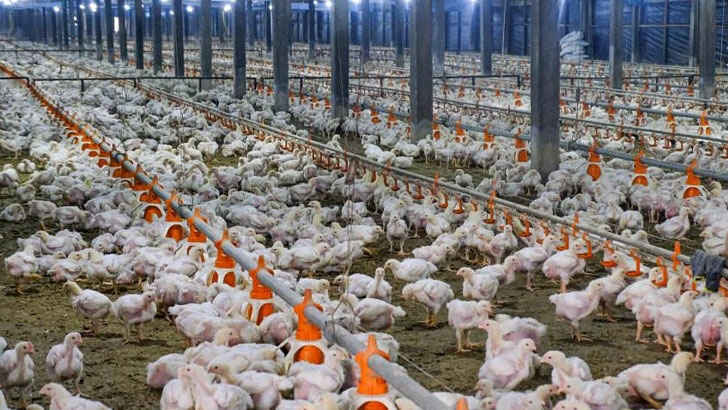
Avian flu and labor shortages on production lines have led to a shortage of chicken and turkey supplies. This shortage is expected to result in rising costs and scarcity of poultry, particularly in countries like the U.K where poultry is a popular holiday menu item. The global supply chain and consumer demand may also affect other countries. To prepare for this, consider freezing extra birds before prices increase.
Bottled Water
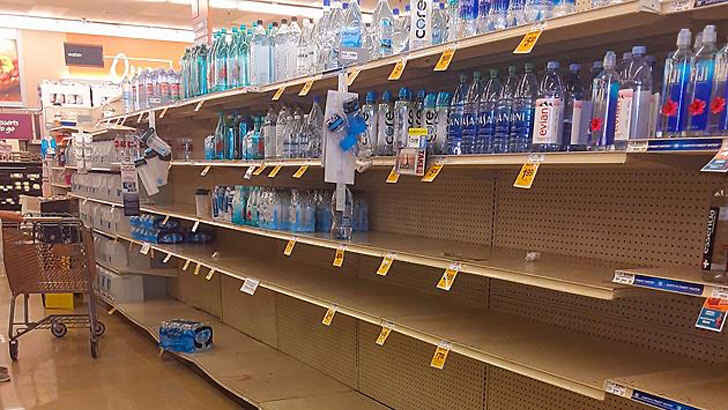
Due to the decreasing groundwater levels in the western regions of the U.S, many communities are facing water scarcity, leading to an increased reliance on bottled water. It’s important to keep in mind that bottled water should be reserved for those in dire need of it. However, it is advisable to have an extra case of bottled water on hand in case of a crisis.
Tomato Products
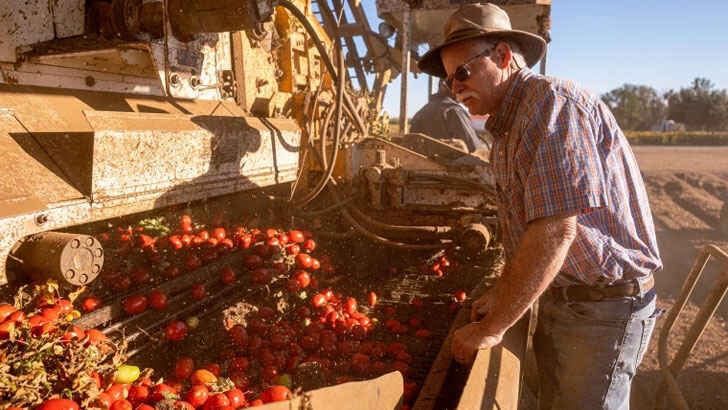
California is facing a tomato shortage this year due to extreme drought, resulting in higher prices for products such as salsa, marinara sauce, and ketchup. It is recommended to stock up on these items in the coming weeks to save money in the long run.
Beer & Liquor
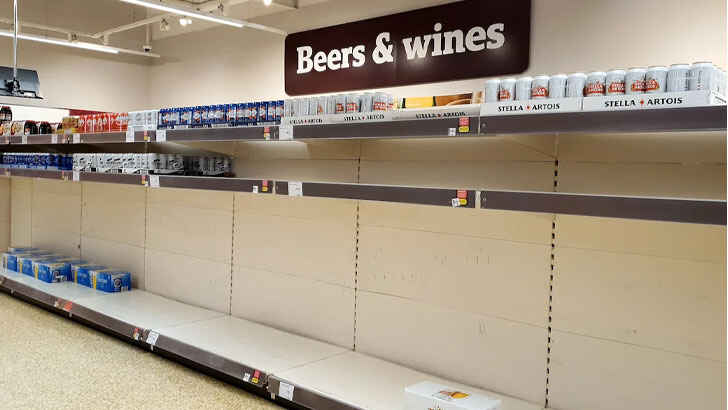
There is currently a shortage and potential price increase of products packaged in glass bottles or aluminum cans, including liquor, beer, and even maple syrup. This shortage is also linked to disruptions in key materials such as carbon dioxide, which is used in beer and fizzy drinks. To avoid the shortage, consider replenishing your bar or pantry during periods of lower seasonal demand.
Therapists

The ongoing crisis has had a severe impact on the mental health and wellbeing of many people, causing an increase in stress and uncertainty. With the increased awareness on the importance of mental health, more people are seeking help. However, this has led to a shortage of therapists, as there are not enough qualified professionals to meet the overwhelming demand. This shortage has led to calls for more students to qualify as therapists to help people who are in need of help right now.
Sand

Sand may seem like a small item, but it has many uses such as in a sandbox or for reducing friction on icy walks. However, experts warn that there is a disruption in the sand supply chain and it is likely to continue. Therefore, it may be wise to purchase an extra bag of sand during your next visit to the hardware store.
Garlic
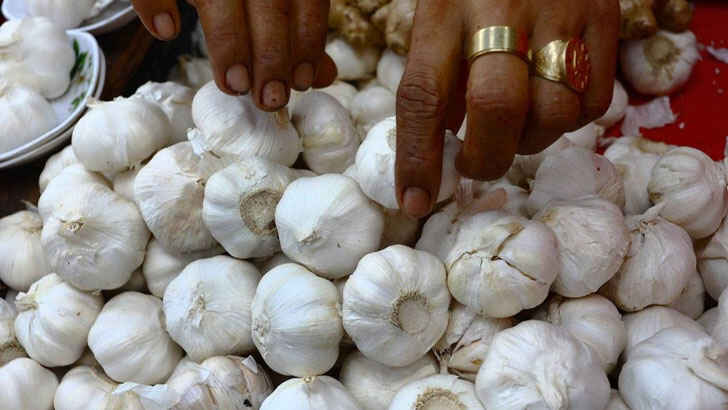
Many may not have known that the majority of garlic consumed in the US is grown in China. However, due to the pandemic, exports from China were greatly reduced which led to increased prices and shortages in the US. Argentina attempted to fill the gap but was not able to match the low prices previously offered by China. Garlic lovers may want to consider growing their own garlic as a way to become self-sufficient.
Air Conditioners

China is the world’s largest producer of air conditioner units, with an annual output of 210 million units. However, during the pandemic, production was greatly interrupted due to border closures and disruptions in import-export. This was compounded by an increase in demand for AC units in residential homes. This has presented an opportunity for other countries to replace China as a global exporter of air conditioner units. The global shortages are a clear indication of the risks of relying heavily on a single source for a product.
Auto Parts

The COVID-19 pandemic has highlighted major challenges in the global supply chain, including car parts. At the onset of the pandemic, it became clear that the auto industry would be heavily impacted by shortages, as a significant portion of parts and spares are produced and imported from China. This is due to the cost advantage of manufacturing in China compared to other countries. Companies such as Nissan, Honda, and Mazda have experienced significant production delays, resulting in a widespread shortage of auto parts and spares.
Computer Chips

If you’re planning to purchase new technology, you may have to wait longer than expected. Manufacturers worldwide are facing challenges in obtaining supplies of semiconductors, leading to delays in the production and delivery of tech goods and potential price increases in the near future. The cause of these delays is the global economic recession and changes in consumer behavior. The auto industry has been particularly affected as people are buying fewer vehicles, while some tech companies have seen an increase in demand for certain types of technology in the past year and a half.
Tampons
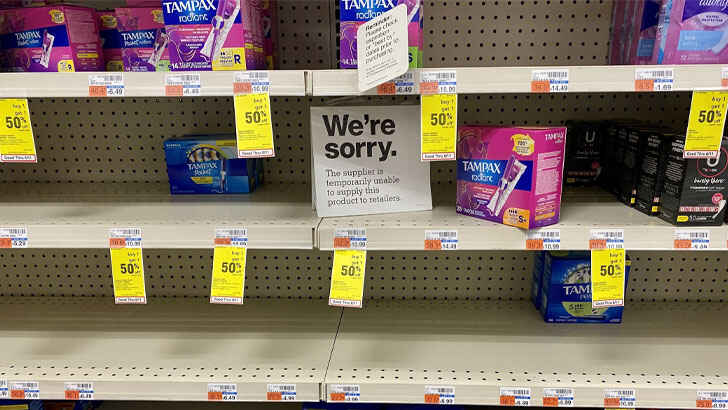
Period poverty refers to the inability of women living in poverty to afford menstrual hygiene products such as pads and tampons. This has led to a movement to eliminate taxes on these products. The pandemic has exacerbated the situation, with many people falling into poverty and facing difficulties in obtaining menstrual hygiene products due to production and import disruptions, as well as panic buying.
Chicken Wings

The states of Texas and its neighboring areas are major providers of chicken to the US. However, the recent unprecedented cold weather, including a major winter storm, has caused challenges for chicken producers in these areas. Despite this, the demand for chicken wings, a popular comfort food, remains high. As a result, we have seen an increase in prices at some restaurants and temporary removal of the item from menus at others.
Gasoline

The gas shortages predicted to occur this summer may be caused by an unexpected factor: a shortage of truck drivers. With a slowdown in the economy during 2020 and 2021, many truck drivers were left without work and sought employment in other industries. This has led to delays in fuel deliveries and unexpected shortages at gas stations across the country. The industry is in need of new employees, so if you are looking for a job, this may be an opportunity to consider.
Lumber
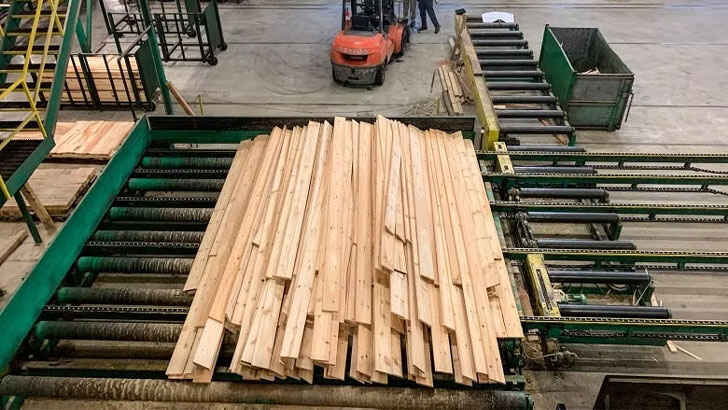
The lumber industry slowed down production in anticipation of a decline in the housing market, which did not occur. This led to a higher demand than supply, causing delays in construction and renovation projects. The price of lumber futures is currently seven times higher than it was in April 2020. As lumber is the most commonly purchased product by home builders, this is likely to have a significant impact on the industry in the near future.
Bicycles
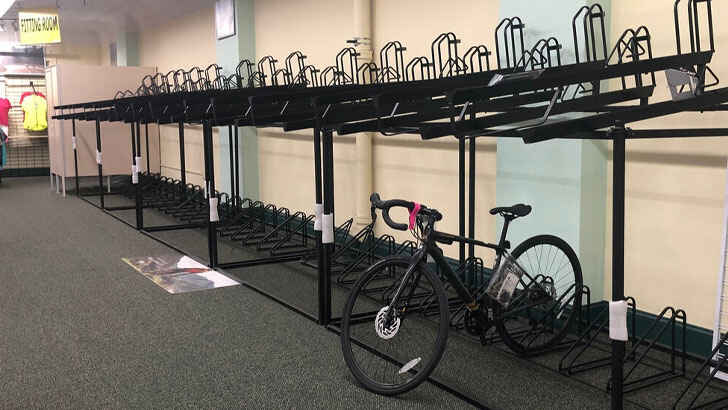
The pandemic has led to an increase in bicycle usage as people avoid public transportation to maintain social distance and opt for walking or cycling when possible. This has caused a massive 121% increase in bike sales early 2020 and this trend has continued as more people adapt to the new normal. City bike-sharing is not always available and the wait time for bikes can be as long as 5-9 months in some cases. This shortage of bikes is further compounded by a scarcity of spare parts. It is important to take good care of your bike as repairs may not be immediately possible.
Glass

The cost of glass has been increasing since the pandemic due to supply chain issues and it is expected to continue. This is mainly because glass is primarily produced in China. While it is possible to purchase from other sources, the prices are not competitive with Chinese prices. The shortage of glass jars is attributed to reduced recycling programs implemented to cut costs and an increase in demand.
Nurses

The U.S. is currently facing a nursing shortage, with larger areas being the most affected. The more densely populated the area, the more severe the shortage is, as there aren’t enough new nurses to fill the gap. This shortage has been ongoing for some time, and the increased healthcare needs in 2020 have made it worse. The causes of the shortage are threefold: an aging population, an aging workforce, and a shortage of new nurses. California is currently the most affected state, and the nursing shortage is projected to worsen by 2030.
Blood
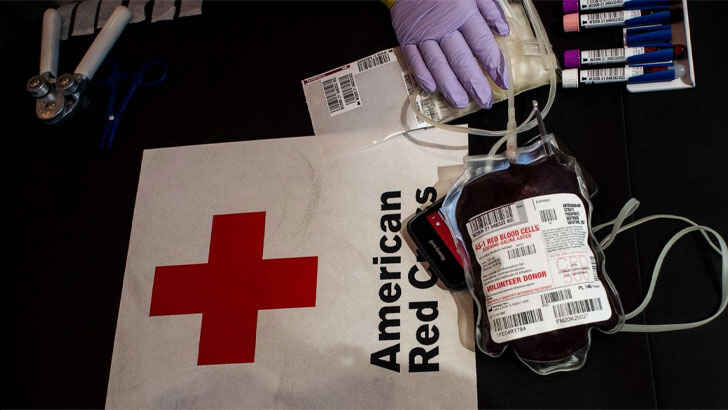
Blood, though not typically thought of as an object or product, is a crucial necessity. Unfortunately, during the pandemic, there has been a severe shortage of blood supply. People are hesitant to leave their homes for non-essential reasons, including visiting medical facilities to donate blood. However, health organizations have emphasized that it is safe to donate blood and that it is needed more than ever. By donating blood, plasma, or platelets, we can help someone in need and potentially save a life.
Fish

The fishing market is gradually stabilizing, but there are still shortages of certain types of fish. This is due to the labor-intensive nature of fishing, which requires workers for hatcheries, feed mills, boats, and other operations. As more people get vaccinated, more workers will return to the industry. However, the labor shortage is still affecting fish markets, and some sectors like crab are growing, while others such as salmon and tilapia are starting off slower compared to 2019.
Roofing Materials

The roofing industry is currently facing an unprecedented disruption in supplies. According to a roofing industry expert, the timing of the shortage was particularly challenging for the roofing community, as these issues are not typically seen in the months of March and April as it did in 2021. The shortage has caused significant disruptions to the industry, including shortages of shingles and other roofing materials, which has led to increased prices for roofing services. As it is already an expensive endeavor, consumers should be prepared for even greater financial impact.
Soda
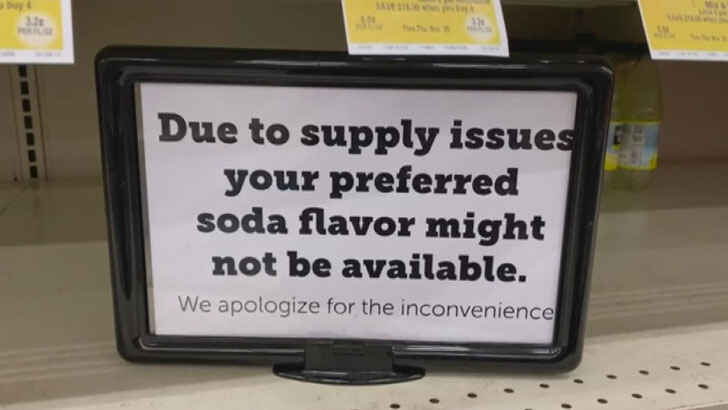
The current market conditions for corn ethanol plants in the US are challenging, with low demand and high supply leading to a drop in prices. The additional import and logistical challenges caused by border closures have further impacted the industry. As a result, many corn ethanol plants have closed down. Over 200 plants in the US have a total capacity of 17.1 billion gallons, with 69 plants shutting down last year, which is more than the average of 8-10 closures in previous years. The industry is struggling to stay afloat while we wait for the world to resume normal activities.
Plastic
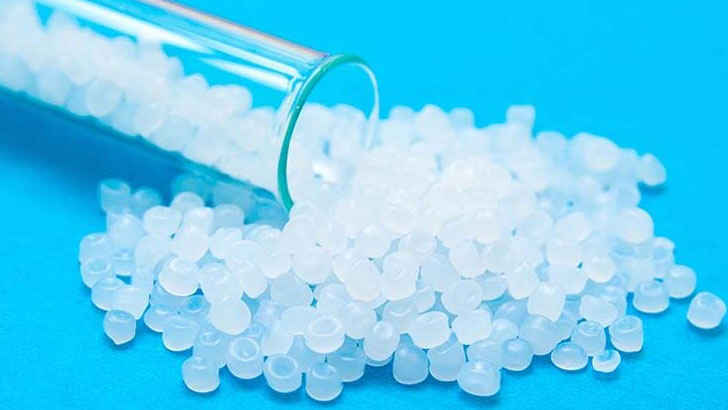
The plastics industry has been hit with multiple force majeure events due to supply chain disruptions caused by events in 2020 and severe weather conditions in 2021, such as winter storms, hurricanes and freezing temperatures in unexpected areas. The blockage of container shipping in the Suez Canal further compounded the problem. At the same time, there was a high demand for plastic in the market, which led to a shortage of raw materials while demand skyrocketed. These logistical issues are currently affecting the plastics industry.
Tires
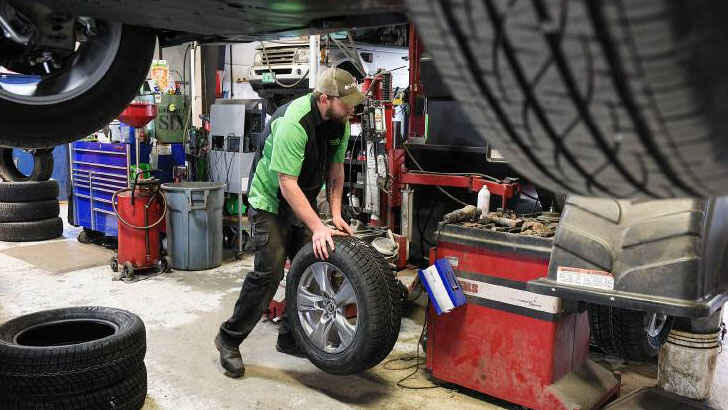
The global supply of rubber has been a growing concern for some time. The International Tripartite Rubber Council warned in 2019 that the supply was heading downhill. In 2020, it was expected to be short by 900,000 tons, which is 7% of production. The situation worsened in 2020 as people were unable to plant new rubber trees and rubber producers fell behind. According to Bloomberg, the rubber supply is “tightening up.” As tires are made of rubber, they will be among the many products that could face supply issues due to this shortage.
Frozen Items

The potential shortage of frozen food due to a shortage of carbon dioxide is a cause for concern as it is a quick and convenient option for many people. Carbon dioxide is used to make dry ice, which is necessary for keeping frozen goods fresh. This shortage comes at a time when the food industry is still recovering from disruptions in 2020. The U.K. is currently experiencing the most severe shortage, but it may soon reach the U.S. as well.
Candy (Chocolate, etc.)

The scarcity of cocoa beans is causing a chocolate shortage, which is a major concern. Environmental damage is causing cocoa plants to become extinct, with predictions that this could happen by 2050. Shortages are also impacting other candy brands like Sour Patch Kids, leading manufacturers to request that grocery and candy stores hold off on promotions and special holiday deals over the next few months due to supply chain shortages affecting the entire industry.
Fertilizer

Fertilizer, which is necessary for agriculture, is not an endless resource and has to be manufactured like any other product. However, fertilizer production has been hindered in recent months due to shortages of ingredients, labor, and shipping delays. These factors have led to a rise in fertilizer costs, which could ultimately result in increased prices for produce.
Avocados

The U.S. has suspended imports of Mexican avocados indefinitely after a plant safety inspector received a threat from a member of a Mexican avocado cartel. As 80% of all avocados consumed in the U.S. are imported from Mexico, this has led to a shortage of avocados and increased prices for consumers. Many people are resorting to alternative options or paying more for domestically grown avocados.
Semiconductors

The semiconductor industry has been facing challenges for years, including a lack of capacity at semiconductor fabrication plants. The current shortage has escalated to the point where major companies such as Ford have been forced to halt production. The pandemic has further compounded the issue, as reduced demand from the auto industry led to a decrease in chip orders. According to analysts, the shortage is expected to continue until 2023 or longer, which will likely have a negative impact on consumers.
Pet Food
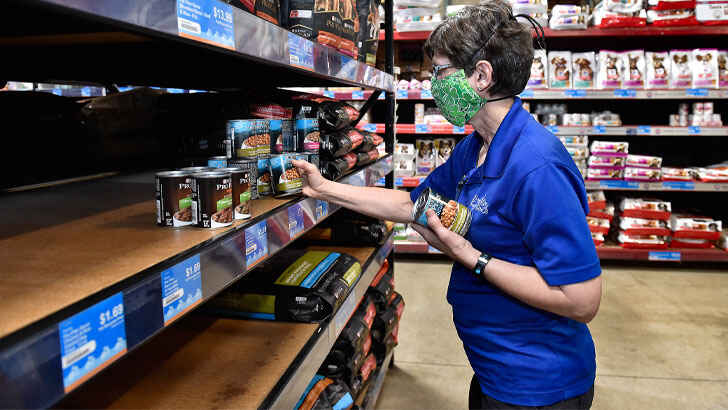
The past year and a half has seen many people struggling with loneliness, and as a result, many have turned to adopting pets, particularly dogs. This has led to a surge in demand for pet food, causing some stores to struggle with keeping their shelves stocked. The trend of increased pet ownership is expected to continue, and pet owners may need to go the extra mile to ensure they can feed their furry companions until the shortage is expected to end in early 2022.
Catalytic Converters

Catalytic converters are essential automotive parts that use a combination of platinum, rhodium and palladium to reduce emissions. The cost of these metals has been increasing over time. The pandemic has further strained the supply chain for catalytic converters, including labor and materials. Additionally, there has been an increase in the theft of catalytic converters. In 2020, the National Insurance Crime Bureau reported a 325% increase in thefts of these parts, with 14,433 claims filed (an increase of over 10,000 from the previous year).
Video Game Consoles

The high demand for electronics this year was unexpected, with many turning to gaming as a way to entertain themselves while staying at home. The gaming industry struggled to keep up with the demand, with the Nintendo Switch being particularly affected. To combat this, Nintendo has increased production at their facilities to 120% and plans to produce 30 million units in the current year. The popularity of games like Animal Crossing further contributed to the shortage of Nintendo Switch units.
Solar Panels

Solar power is seen as a key energy source for the future, and it also promotes self-sufficiency. However, there is currently a shortage of solar panels, making it difficult for many to make the transition. The main reason for this shortage is that the majority of solar glass, a key component of solar panels, is produced in China. While other sources are available, the prices are not competitive with Chinese prices, making it cost-prohibitive for many to switch to solar power.
Lobster
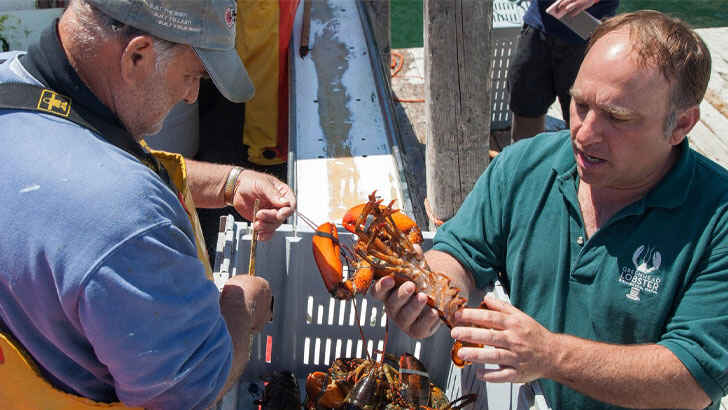
Lobster is considered a luxury food that is often reserved for special occasions. With the pandemic and the restrictions on dining out, the demand for lobster has dropped significantly. This has resulted in a surplus of lobsters, leading to a decrease in prices. The restrictions on travel and border closures have also made it difficult for the industry to import and transport lobsters. This has put the lobster industry under stress as they struggle to stay afloat. While we wait for the world to return to normal and be able to enjoy lobster at a fancy restaurant, the industry is facing challenges.
Nike

Nike products are in high demand as people have shifted to working from home and prioritize comfort over aesthetics, causing an increase in sportswear and loungewear sales. However, major brands like Nike have faced difficulties in meeting this demand due to a shortage of shipping containers. With the fast-paced culture of online shopping, customers are accustomed to receiving their orders quickly, and delays in shipping can lead them to opt for alternative products with faster shipping times.
Bacon

Increases in outdoor gatherings have led to an unexpected shortage of bacon, due to the increased demand for outdoor gatherings such as barbecues. The food and agriculture industry is struggling to meet the high demand for meats such as bacon and hot dogs. Unfortunately, experts predict that this shortage may continue throughout the summer.
Chlorine

It’s often the things we take for granted that suddenly become scarce. In this case, it’s a shortage of chlorine that may prevent us from having a clear blue pool this summer. The shortage is a result of a chemical plant in Louisiana being damaged by Hurricane Laura in August 2020, leading to low supplies and an increase in price. Currently, on Amazon, the price of chlorine is around twice its usual rate.
Shipping Containers

The shortage of shipping containers reflects a shift in global commerce and consumer behavior. This is due to a surge in global trade that began in mid-2020, resulting in a greater need for shipping containers. As more people were staying at home, there was an increase in demand for household goods, office supplies, plants and baking accessories. All these items were shipped globally while many people were baking bread and growing vegetables on their balconies.
Coffee

The pandemic led to a significant increase in global trade, which is generally positive, but it resulted in a shortage of shipping containers. This caused delays in imports, including a shortage of coffee. Coffee lovers across the country had to ration the beverage. U.S stockpiles of coffee are at a six-year low, despite a record crop in Brazil. Due to poor weather and high shipping costs, coffee lovers have to rely on places like Starbucks to have a steady supply.
Aluminum
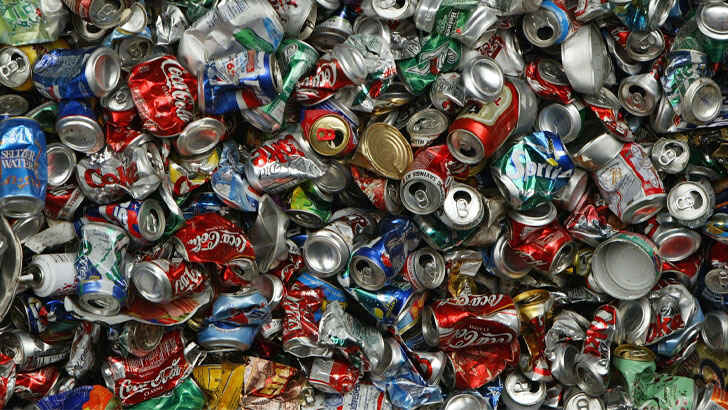
The panic buying during the pandemic has caused a sudden shortage of aluminum, which is predicted to result in a deficit of 100,000 to 200,000 tons by the end of the year. This is a negative consequence of the high demand for canned goods, which was originally seen as a positive trend. Companies such as Coca Cola have been affected by the low supply and high demand of their products as a result of this shortage.
Sugar
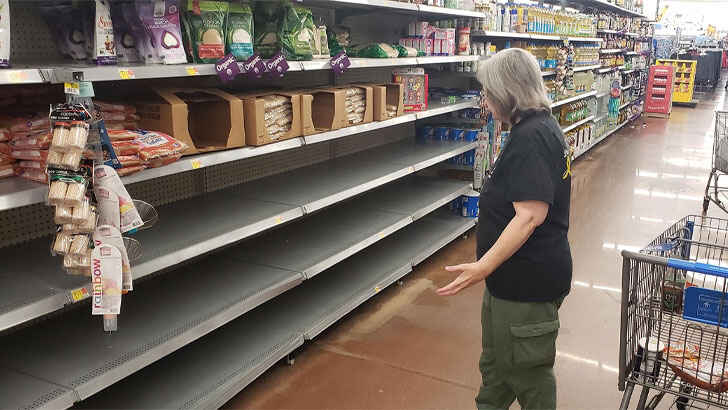
Brazil is a major exporter of sugar, but it is currently facing a major issue with its sugar production. This could lead to a shortage of baked goods such as cookies, cakes, and brownies. The problem is caused by an increase in ethanol prices as consumers are returning to work and increasing their consumption of biofuel. This has led to a rise in ethanol prices in the market, and sugar prices are also increasing to encourage output. Ultimately, the stock market is responsible for this, as a result of the competition between food and fuel, and the sugar shortage is likely to continue for the foreseeable future.
Truckers

The pandemic led to lockdowns, which resulted in production shutdowns in various industries. This caused many truck drivers to be without work. Some chose to wait for the situation to improve, while others sought employment in industries not affected by the lockdowns. This led to a shortage of truck drivers as many left the industry to find alternative sources of income. Now that the situation is improving, the shortage of truck drivers is becoming more pronounced.
Homes

The housing market is currently in a state of crisis, with a lack of available homes and a high demand for them. The shift towards working from home has led to a significant number of people moving out of urban areas and into suburban and rural homes with more outdoor space. This has caused a surge in home valuations and asking prices for newly listed properties have reached unprecedented levels.

































































